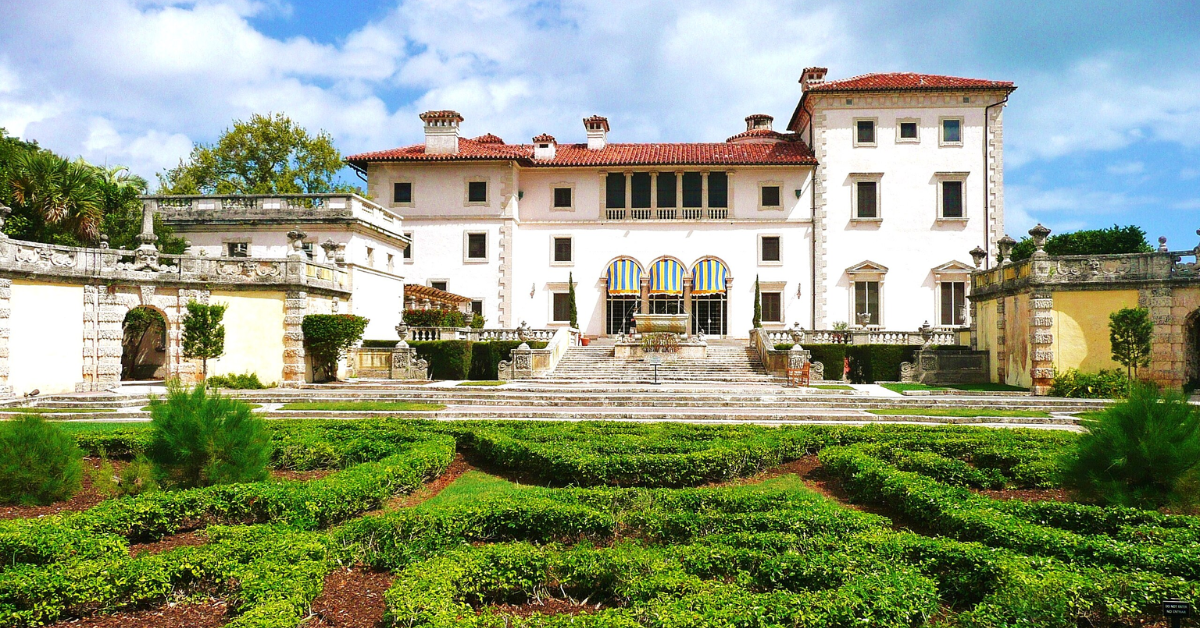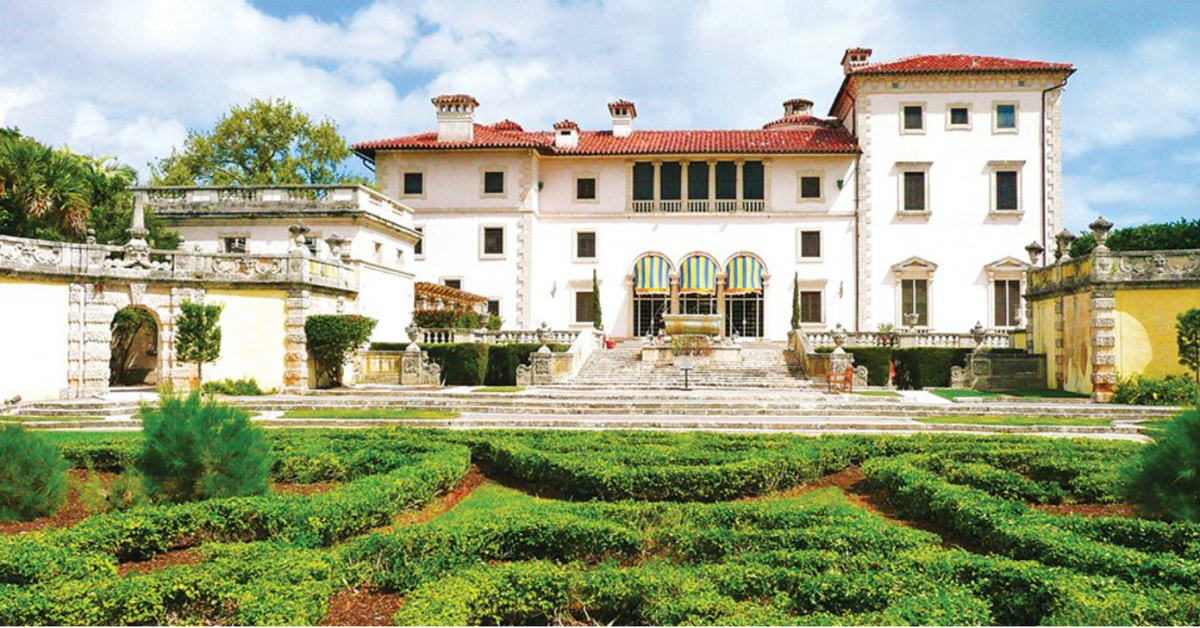
Historic homes offer more than architectural beauty—they reveal the ambitions, tastes, and values of the people who built Florida as we know it. Each residence holds stories that bring the past into vivid focus. From Gilded Age estates to centuries-old Southern plantations, these properties are a vital part of Florida’s cultural landscape.
Here are 15 must-visit historic homes across Florida, each with a legacy worth exploring:
1. Villa Vizcaya – Miami
Built: 1916 | Style: Mediterranean Revival
Villa Vizcaya was the brainchild of James Deering, an industrialist who sought to build a winter estate that rivaled the splendor of Italian Renaissance villas. Nestled along Biscayne Bay, the home features 34 rooms designed around European antiques, hand-carved stone, and eclectic art. The vision was realized with the help of artistic director Paul Chalfin and took over a decade to complete, fusing European elegance with Miami’s lush subtropical environment.
Now open as a museum, Vizcaya offers an immersive experience that blends art, architecture, and landscape. Visitors can explore its opulent interiors, formal gardens, and orchid collections, all while taking in sweeping views of the bay. It’s a National Historic Landmark that encapsulates Miami’s early 20th-century grandeur.
Photo Credit: averette via Wikipedia
2. Whitehall (Henry Flagler Museum) – Palm Beach
Built: 1902 | Style: Beaux-Arts
Constructed by railroad tycoon Henry Flagler as a wedding gift to his wife, Whitehall stands as one of Florida's finest examples of Gilded Age opulence. Designed in a mix of European styles including Louis XIV and Italian Renaissance, the 75-room mansion once stunned guests with its gold-leaf detailing, massive marble columns, and lavish furnishings.
Today, Whitehall is home to the Henry Morrison Flagler Museum and open to the public. Visitors can tour the estate’s ballroom, dining halls, and galleries, and even see Flagler’s private railcar. It’s a museum that not only honors a man but also captures the birth of modern Florida.
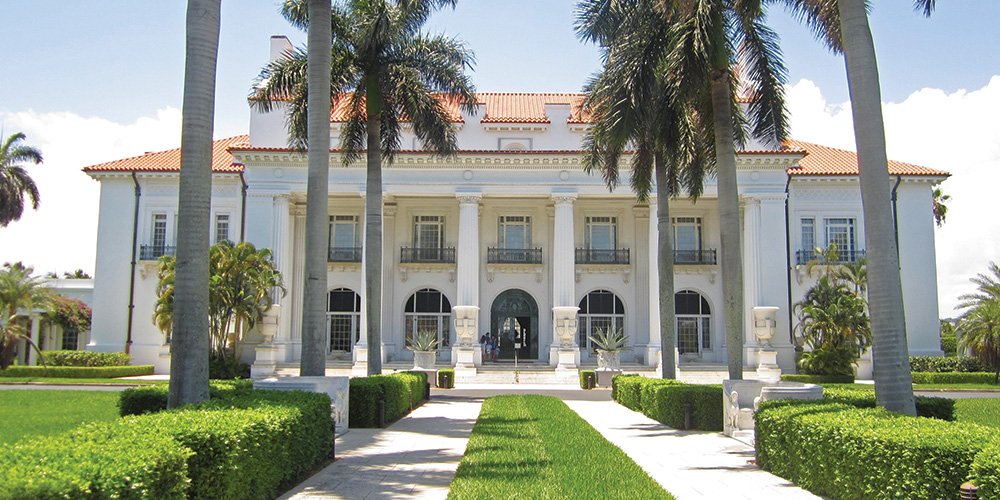
Photo Credit: House and History
3. The Deering Estate – Miami
Built: 1922 | Style: Mediterranean Revival & Frame Vernacular
Charles Deering—art collector, preservationist, and brother to James Deering—built his namesake estate along Biscayne Bay as a sanctuary for culture and conservation. The 444-acre property includes the historic Stone House, Richmond Cottage, and one of the most extensive fossil sites in South Florida.
The estate now offers a wide range of experiences, from guided house tours to nature walks and art installations. Whether you're interested in environmental science, history, or the arts, the Deering Estate stands at the intersection of culture and nature.
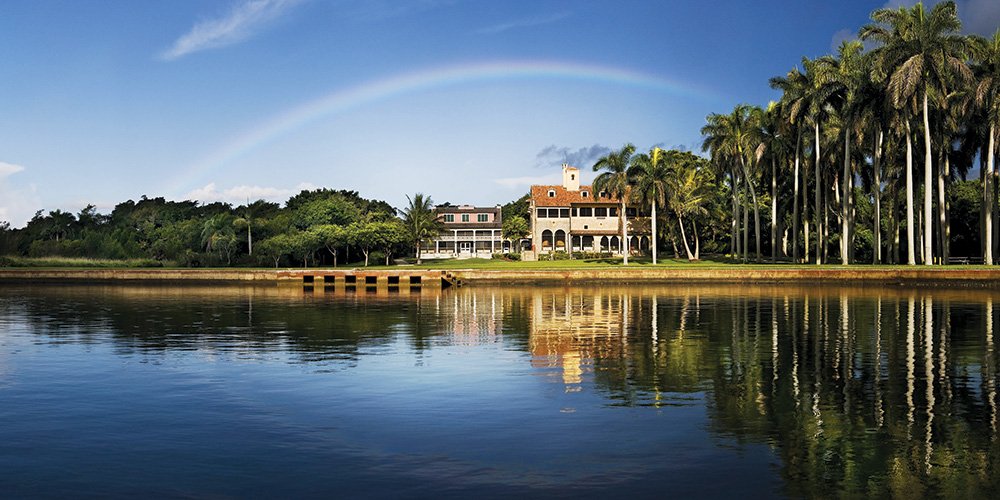
4. Stranahan House – Fort Lauderdale
Built: 1901 | Style: Florida Vernacular
Built by Frank Stranahan, Fort Lauderdale’s founding father, this home began as a trading post and community center on the banks of the New River. Frank and his wife Ivy were deeply involved in education and advocacy, and the home became a beacon of unity between settlers and the Seminole people.
Today, the Stranahan House operates as a museum and cultural center. Its carefully restored rooms showcase pioneer life, and its riverfront tours and historical reenactments bring local history to life. It’s a heartfelt tribute to civic spirit and social progress.
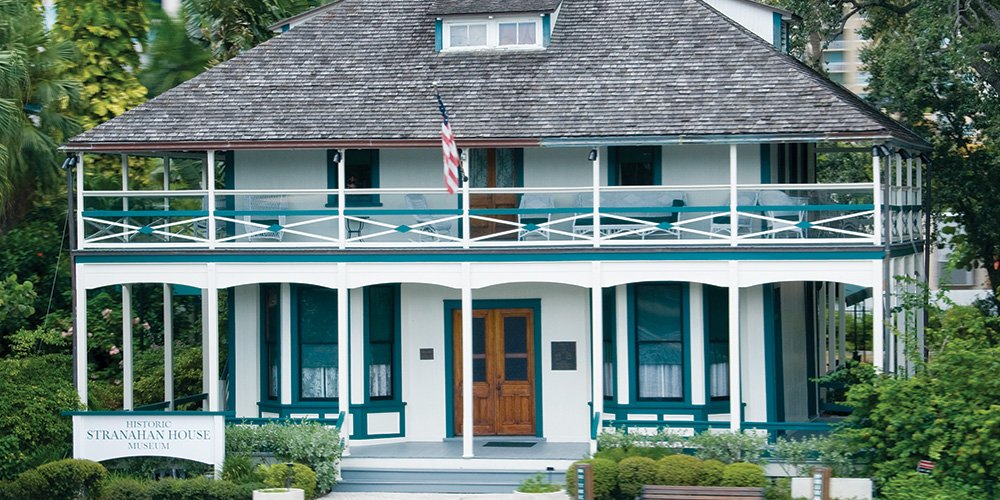
5. Ca’ d’Zan (The Ringling) – Sarasota
Built: 1926 | Style: Venetian Gothic Revival
John and Mable Ringling’s palatial waterfront mansion was inspired by their love for Venice and European architecture. Featuring a mosaic-clad terrace, stained-glass windows, and hand-painted ceilings, Ca’ d’Zan (“House of John”) reflects the grandeur of America's circus royalty.
Part of the larger Ringling campus, the home is open to the public and includes access to art galleries and the Circus Museum. It’s a whimsical yet sophisticated look into the lives of two of Florida’s most fascinating cultural figures.
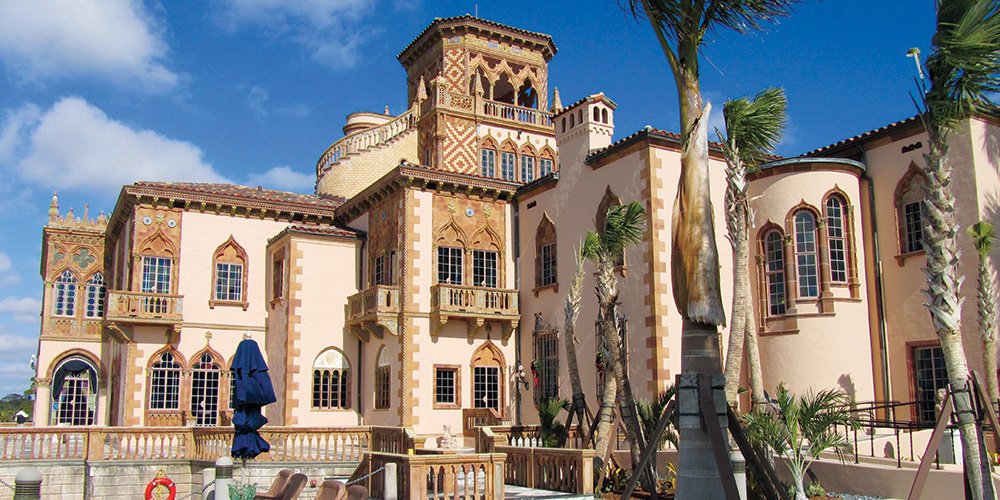
6. Bonnet House Museum & Gardens – Fort Lauderdale
Built: 1920 | Style: Caribbean Plantation / Eclectic Revival
Artist Frederic Clay Bartlett envisioned Bonnet House as a retreat for creativity, where art and environment could harmonize. After his wife’s passing, Frederic’s second wife, Evelyn, brought her flair for design to the home, transforming it into a whimsical, color-rich sanctuary by the sea.
Today, visitors can explore the vibrant interiors, lush orchid houses, and mangrove trails that surround this 35-acre estate. It’s one of the few remaining examples of South Florida beachfront estates and a treasure for art and nature lovers alike.
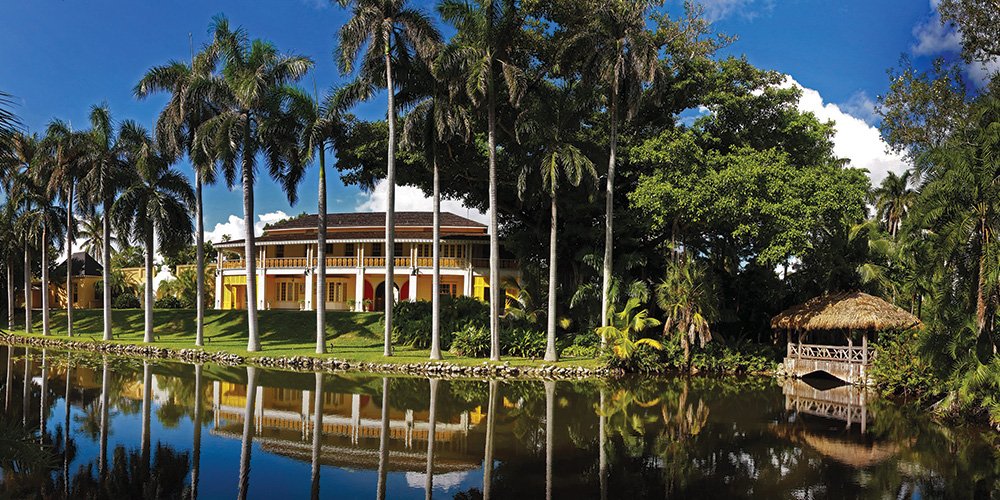
7. The Capen House at the Polasek – Winter Park
Built: 1885 | Style: Victorian Farmhouse
Built by James Seymour Capen, this Victorian farmhouse is one of Winter Park’s oldest homes. In 2013, the community rallied to save the structure from demolition by literally floating it across Lake Osceola to its new home beside the Albin Polasek Museum.
Now restored and preserved, the Capen House serves as a cultural venue hosting exhibits, weddings, and lectures. Sharing grounds with a sculpture garden, it’s a rare example of how historic preservation and creativity can coexist beautifully.
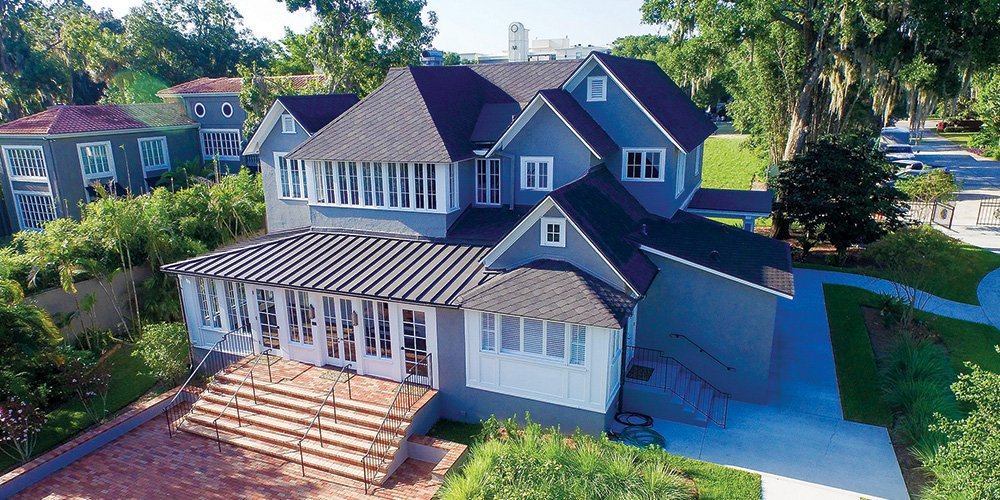

8. Stetson Mansion – DeLand
Built: 1886 | Style: Victorian Gothic / Gilded Age Eclectic
Commissioned by hat magnate John B. Stetson, this mansion was one of the first Florida homes built with electricity, installed by Thomas Edison himself. The estate features exquisite parquet floors, hand-carved wood, and a mix of Gothic and Moorish architectural details.
Now privately owned and lovingly restored, the mansion is open for guided tours and known especially for its elaborate holiday decorations. It’s one of Florida’s best examples of Victorian excess and entrepreneurial success.


9. The Audubon House – Key West
Built: 1849 | Style: American Classical Revival
Captain John Huling Geiger built this stately home in the wake of a devastating hurricane, intending it to showcase wealth and resilience. The elegant structure blends Classical elements with Caribbean details and contains period furnishings and maritime artifacts.
Today, the house is dedicated to naturalist John James Audubon, who visited Key West in the 1830s. Visitors can explore tropical gardens and view a collection of Audubon’s lithographs in one of Old Town’s best-preserved properties.

10. Wonder House – Bartow
Built: 1926 | Style: Eclectic Revival
Created by German immigrant and inventor Conrad Schuck, the Wonder House lives up to its name. Built with reinforced concrete and featuring rooftop gardens and secret passages, the home was designed to be hurricane-proof and self-sufficient.
After years of abandonment, the Wonder House has been meticulously restored and reopened for guided tours. It’s a unique fusion of ingenuity and eccentricity, appealing to fans of architecture and mystery alike.
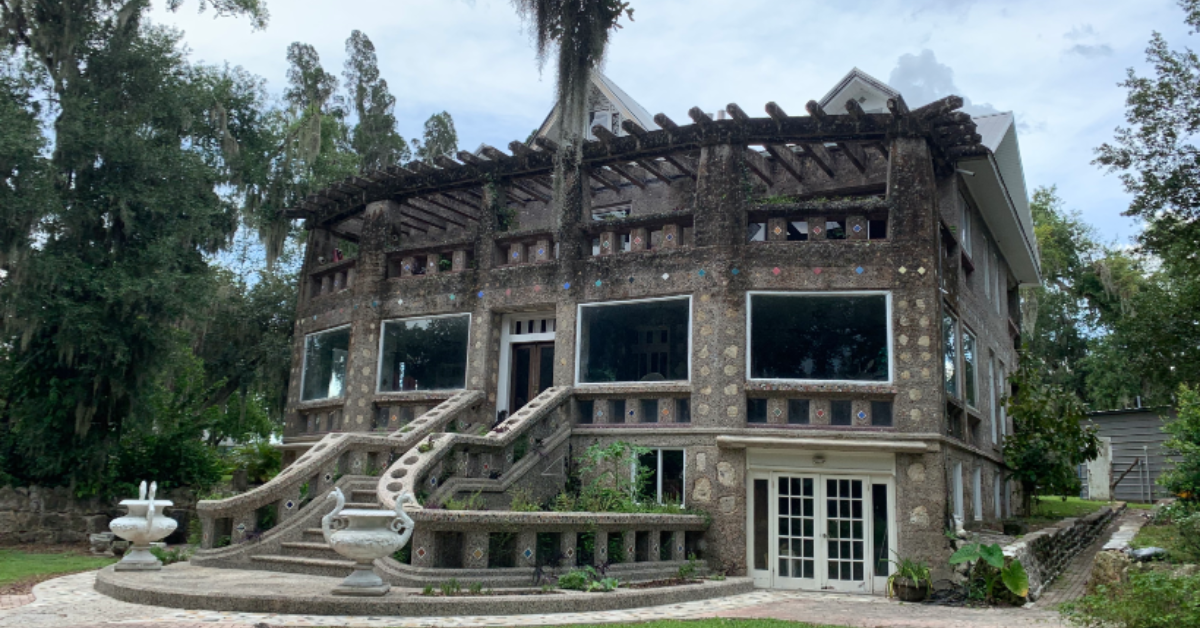

11. The Howey Mansion – Howey-in-the-Hills
Built: 1925 | Style: Mediterranean Revival
William J. Howey, a citrus magnate and real estate developer, built this 20-room mansion to showcase the wealth and potential of Central Florida. With coffered ceilings, hand-forged ironwork, and colorful tile mosaics, the mansion reflects the glamour of Florida’s 1920s land boom.
Now fully restored, the Howey Mansion operates as an event venue and historic site offering public tours. It stands as a tribute to Florida’s agricultural past and Mediterranean-influenced design.
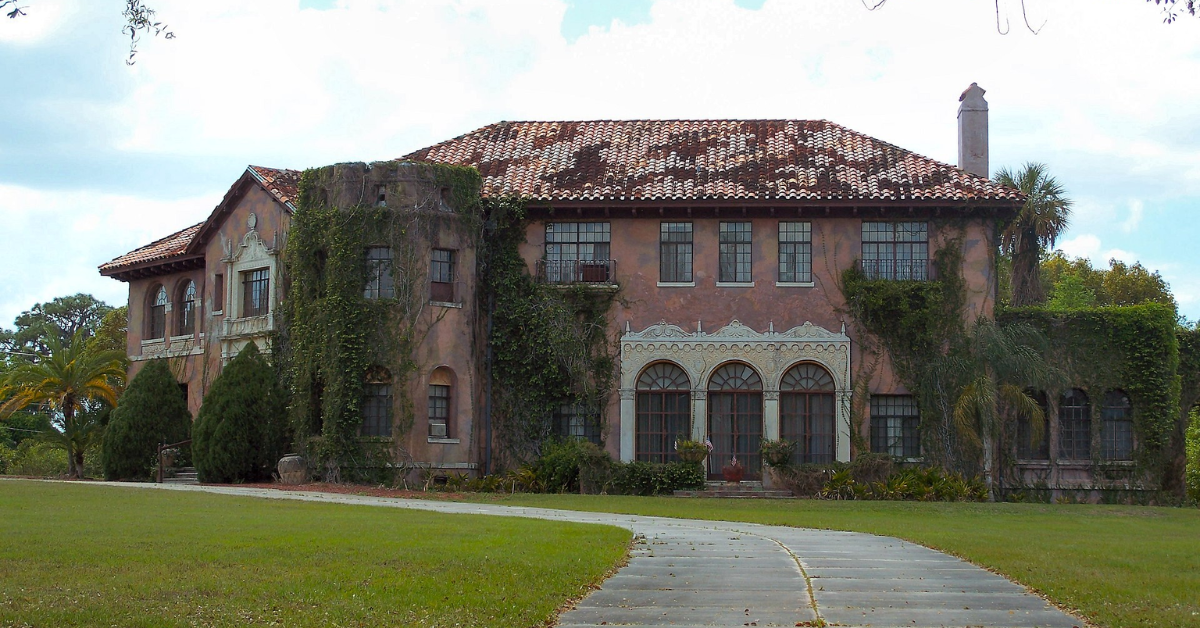

12. Haile Homestead – Gainesville
Built: 1856 | Style: Antebellum Plantation
Constructed by enslaved laborers, the Haile Homestead stands as both an architectural marvel and a testament to difficult history. The house features heart-pine walls famously covered in more than 12,500 words written directly onto the wood by family members and guests.
Now preserved as a museum, the home offers guided tours that examine both the domestic life of the Hailes and the legacy of slavery in Florida. It’s an important stop for anyone seeking a deeper understanding of the region’s past.
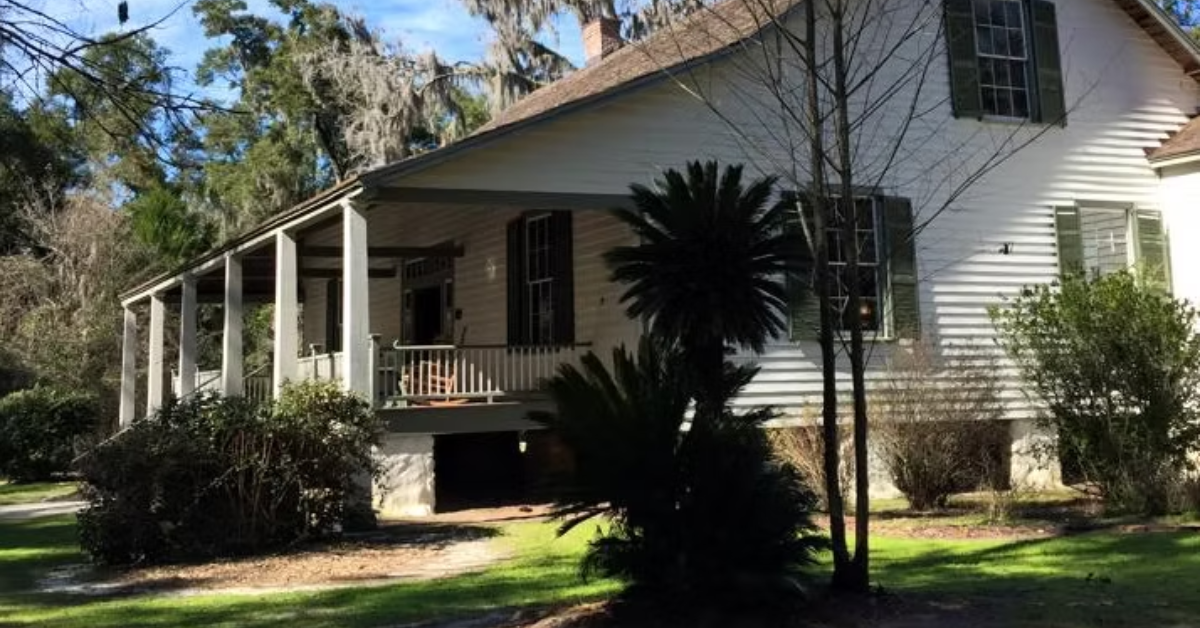

13. Ximenez-Fatio House – St. Augustine
Built: 1798 | Style: Spanish Colonial
Located on Aviles Street—the oldest street in America—this coquina-stone house served as a boarding house for decades. Operated by women in a time when few had property rights, it reflects early entrepreneurship and domestic life in Florida’s oldest city.
Today, the home is a museum dedicated to interpreting the lives of the women who ran it and the diverse guests who passed through. Its guided tours are as rich in personal stories as they are in colonial-era detail.
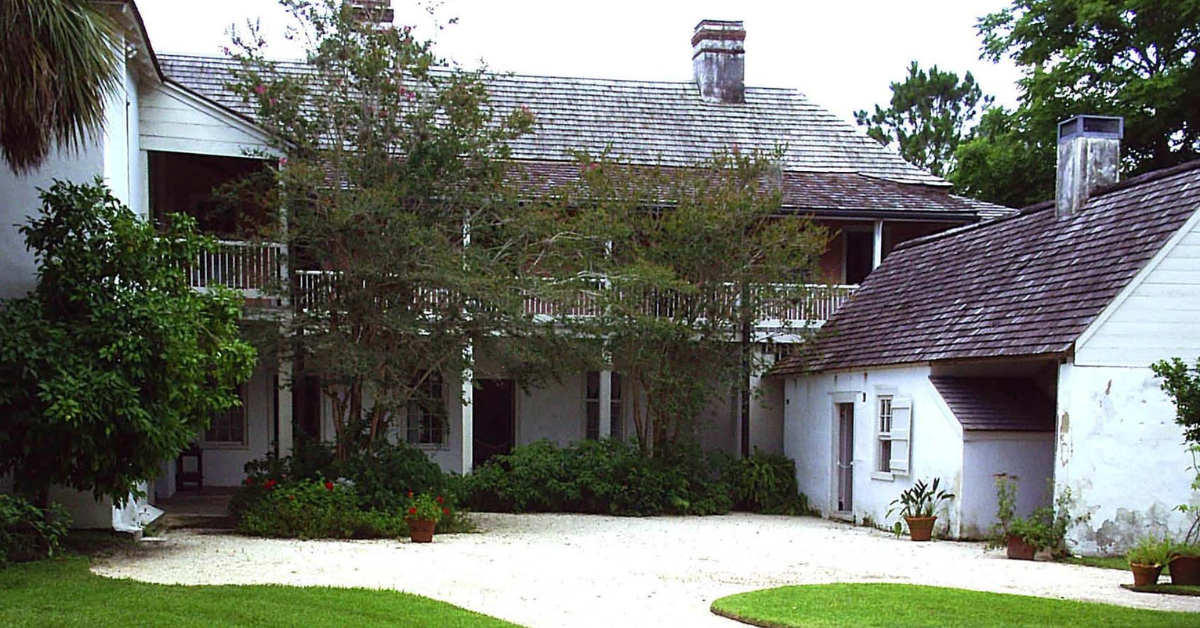

14. Orman House – Apalachicola
Built: 1838 | Style: Greek Revival
Built by prominent cotton merchant Thomas Orman, this Apalachicola home was designed for entertaining and conducting business. Overlooking the Apalachicola River, the house boasts high ceilings, heart-pine floors, and original furnishings.
Now part of a state historic park, the Orman House offers guided tours and insights into North Florida’s antebellum economy and social scene. It’s an elegant example of frontier wealth.
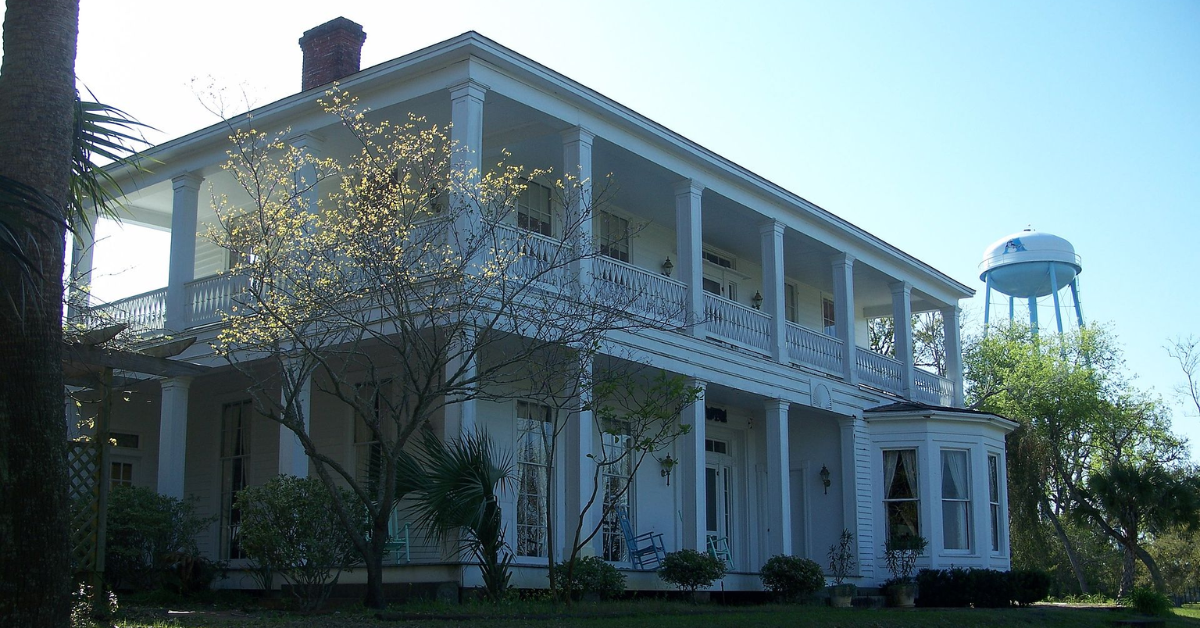

15. Gamble Plantation – Ellenton
Built: 1840s | Style: Greek Revival
The Gamble Mansion is the only surviving antebellum plantation house in South Florida. Built by Major Robert Gamble using enslaved labor, the house was once the center of a 3,500-acre sugar plantation.
Now a state historic site, the home is furnished with period antiques and offers tours that examine both its architecture and the legacy of slavery. The grand columns and surrounding oaks make it one of Florida’s most photogenic historic estates.
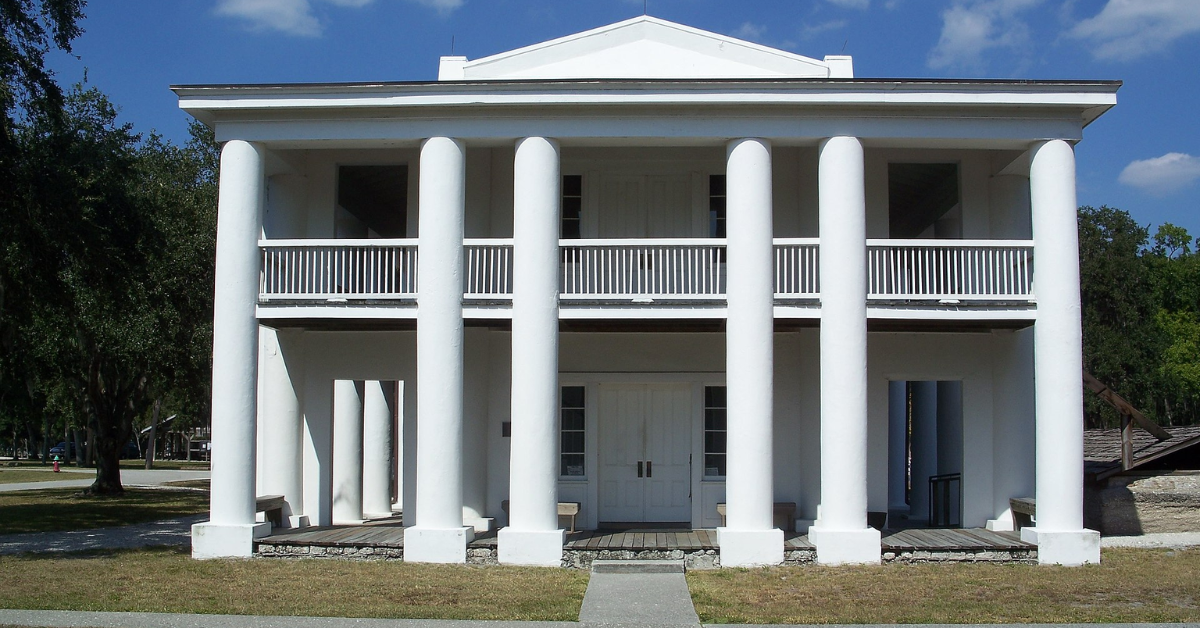
✨ If Walls Could Talk...
These historic homes tell the stories of pioneers, artists, immigrants, and entrepreneurs. From opulent mansions to working plantations, they capture Florida’s diversity and complexity. To walk through their halls is to step into the living heartbeat of Florida history.
